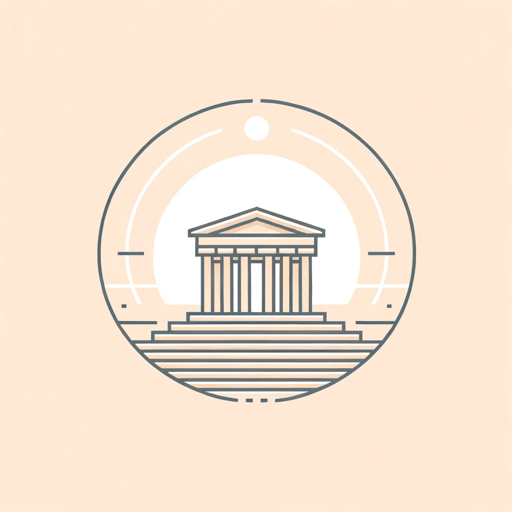43 pages • 1 hour read
Mircea Eliade, Transl. Willard R. TraskThe Myth of the Eternal Return
Nonfiction | Book | Adult | Published in 1949A modern alternative to SparkNotes and CliffsNotes, SuperSummary offers high-quality Study Guides with detailed chapter summaries and analysis of major themes, characters, and more.
Chapter 3, Sections 3-4Chapter Summaries & Analyses
Chapter 3, Sections 3-4 Summary and Analysis: “Misfortune and History”
Section 3 of Chapter 3, “Cosmic Cycles and History,” is a prolonged discussion of the titular theme of the book: the myth of the eternal return, especially as it is expressed in archaic cosmology. He begins by making the key distinction between the archaic experience of time and the modern conception. This is the distinction between cyclical and finite, or linear, time. Archaic peoples experienced time cyclically, meaning that the universe underwent periodic cycles of degeneration and regeneration in an endless process of decay and growth. The modern conception, on the other hand, views time as finite. He calls finite time “a fragment between two atemporal eternalities” (112). Finite time is situated between two abysses, and it does not repeat itself but instead progresses ever forward toward an end.
Eliade develops his theory via a number of archaic examples, particularly the ancient Indian idea of the yuga, or age/epoch. According to the Indian system, the world is currently in the Kali Yuga, an age of darkness. Even in this dark age, it is still possible for particular individuals to reach enlightenment; it is not an era of hopelessness, even if it is relatively dark. Each yuga transitions into another in an endless cycle.
Related Titles
By these authors


